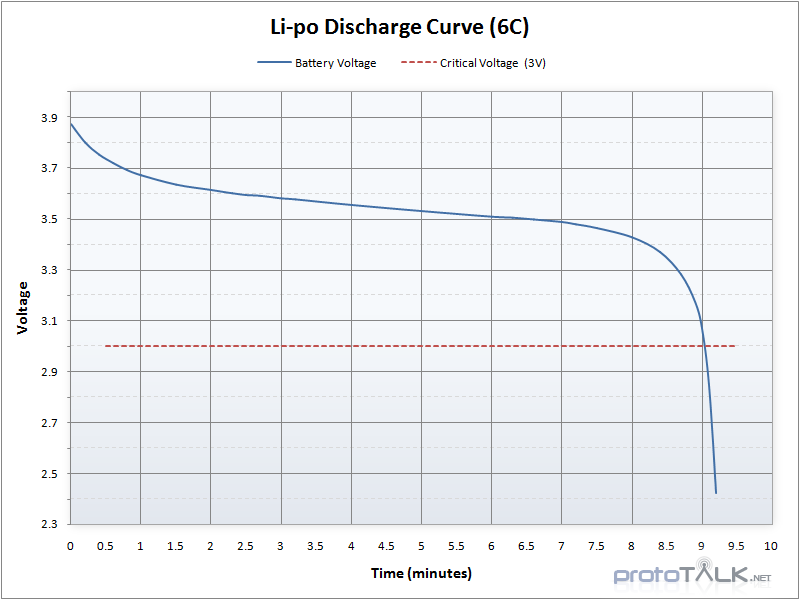I am going to charge a LiPo cell that has fallen below minimum voltage for the charger.
I am (somewhat) risk-aware and assume the battery is within grace. I want to make a charger from whatever I have with me - opportunity to learn something…
I found an Australian phone charger. Like Korea with the whales (#science), time to cut it up - Image Gallery imgur.com/a/FYMoU
The cell & host device are classified. No comment.
3.85v is operating voltage. Hovering at 3.28v right now.
I made this post partly to cut my teeth on making threads.
My initial questions (last words):
- Will cardboard be fine against 230V AC mains power to act as a physical base for the package, holding the circuit, the cell and the terminals?
- What type of power do LiPo cells want when undercharged? (Trickle…?)
- What voltage shall I stop at?
Answering Q1:
I think so? Some connoiseurs discussed it as somewhat safe at 120v. I have the switch on the cable and a switch on the mains switchboard if it gets bad. Will sit on the other side of the room… lol.
Answering Q2:
Help needed. I will just fire it up and see.
Answering Q3:
3.9v.
Method: charge for 5 min. Check. Another 5. Check… Will change interval accordingly.
I will fire it up the minute it’s built together.
While it isolates, the fire hazard makes it a a subotimal choice.
Depends on the package. Do you have a datasheet for the cell(s)?
Rule of thumb for charging current is 1/10th of the capacity in mA (5000mAh cell = 500 mA charge current).
For single cells with 3.7V nominal voltage, maximum voltage should never exceed 4.2V
WARNING
Some LiPo cells are in fact packs of severell cells. Any voltage difference between them may result in extreme current flow, fire and explosion. For battery packs consisting of multiple LiPo cells, it is necessary to “balance charge” them.
Balance ports look like these:

2 Likes
You could probably just give intermittent pulses of power to give it enough juice to get the charger to recognize it and charge it properly. Sure, it might wear on the battery a bit, but at this point that aspect is rather moot.
As per above, if it were a multi-cell pack then you would have to bring up each individually and either charge and use them separately or attempt to balance charge them if you want to use it as a pack again.
Would strongy advise against it. For emergency and only once, it may work. Or it causes an explosion and burns on your hands and face.
Edit: When tinkering with LiPo cells, wear at least safety goggles (a face shield would be better). And don´t use some home brew power supply. Get a bench supply with current and voltage limiters.
Thanks for the ideas, suggestions, and sound advice.
The charging went well.
It was charged to < nominal voltage, then placed in the designated OEM charger.
It didn’t take long to bring the cell up to nom voltage surprisingly, despite the charger being one of the lower rated ones (aperage-wise). I take it as an indication this quick return to functioning voltage may be of indication there the battery had undergone little/negligiblee damage from undercharging this time around.
The charging of an undercharged cell is usually a catastrophic event if it’s going to be bad - so I’ll treat it as 100% usual and see what happens…
Electricity, like most subjects require an amount of study.
Whilst this project somewhat is OK for a noob like myself, it’s naiive to think it means much in the grander scheme of things. I really need to get a textbook out to form theses, methodically practice and qualify said logic, and then validate it with successful results in order to achieve meaningful progress in understanding.
TLDR; This post was a waste of time from a content standpoint (which wasn’t fully expected, despite this really being a test thread). The battery was fixed and good safety kept me alive but electricity is a lot more than a hacked apart phone charger and a lipo cell.
Not surprising at all. Can´t find a charge curve right now, but if you just read this discharge curve from right to left:

You can see, the voltage drop-off near end of capacity (or in this case: run time) is quite steep.

